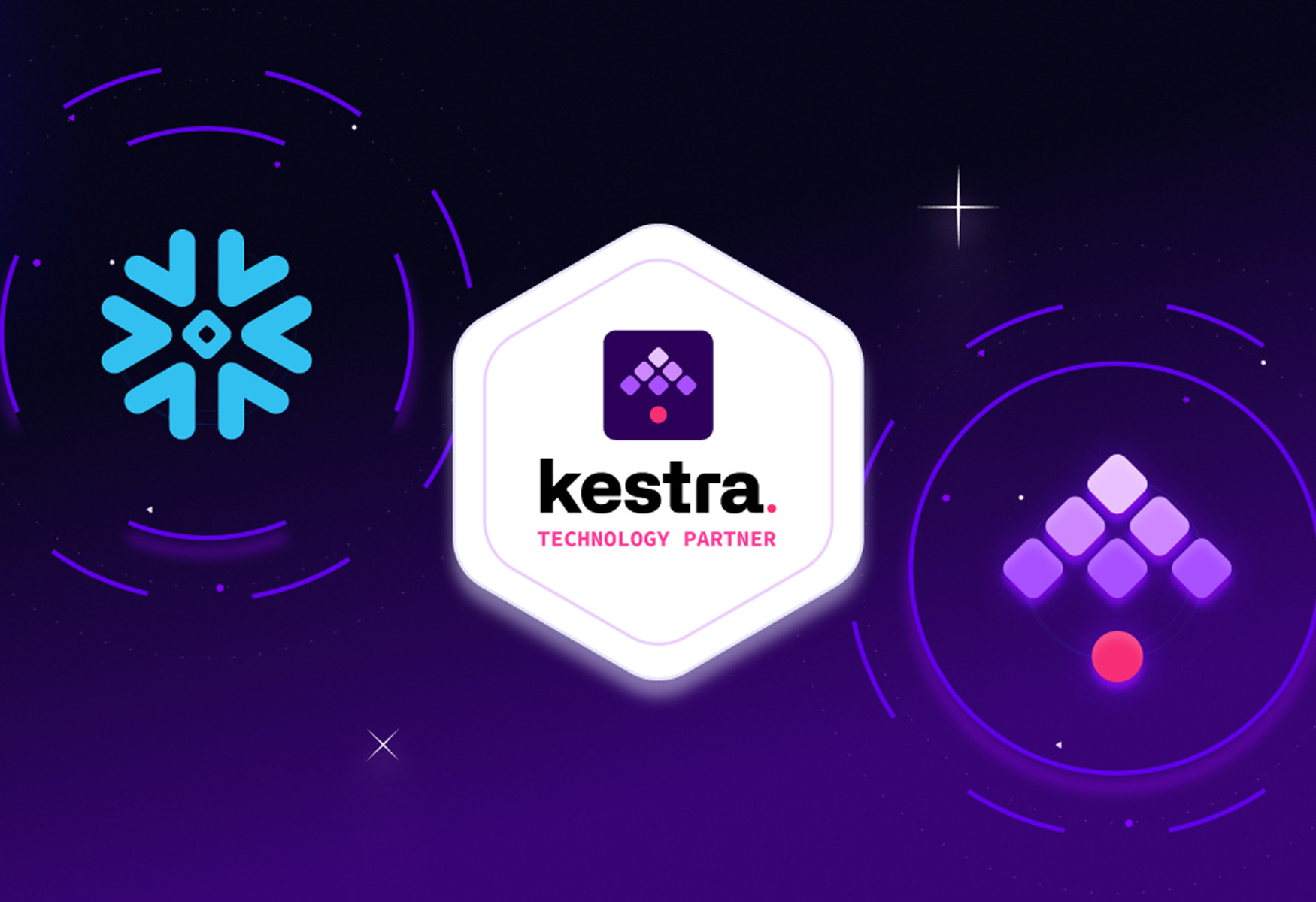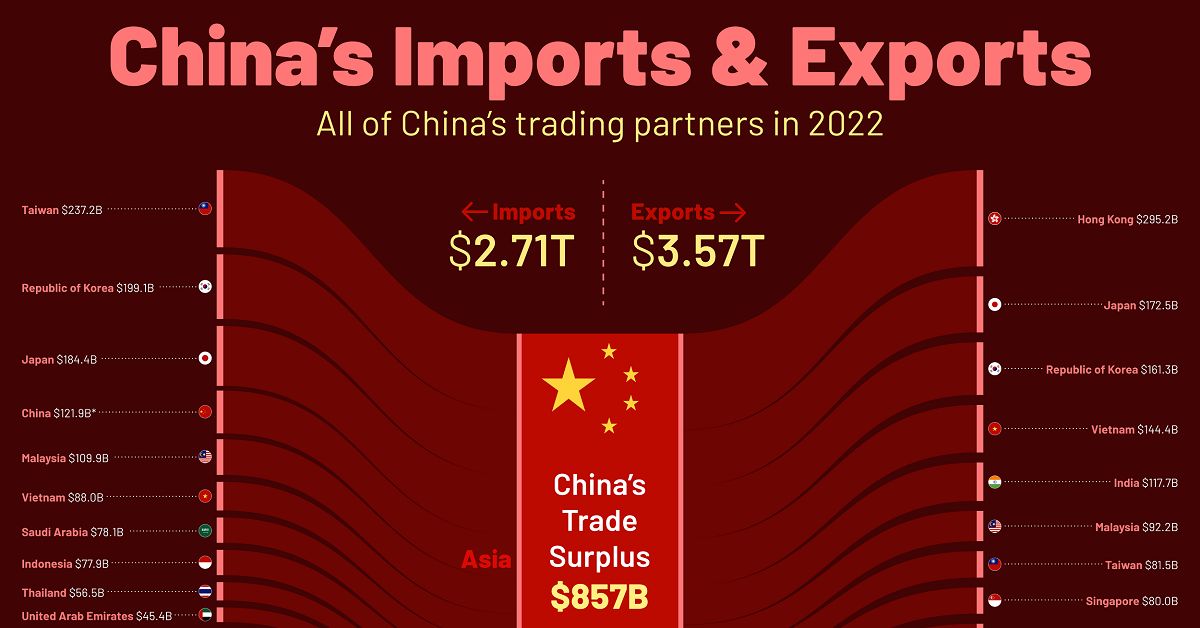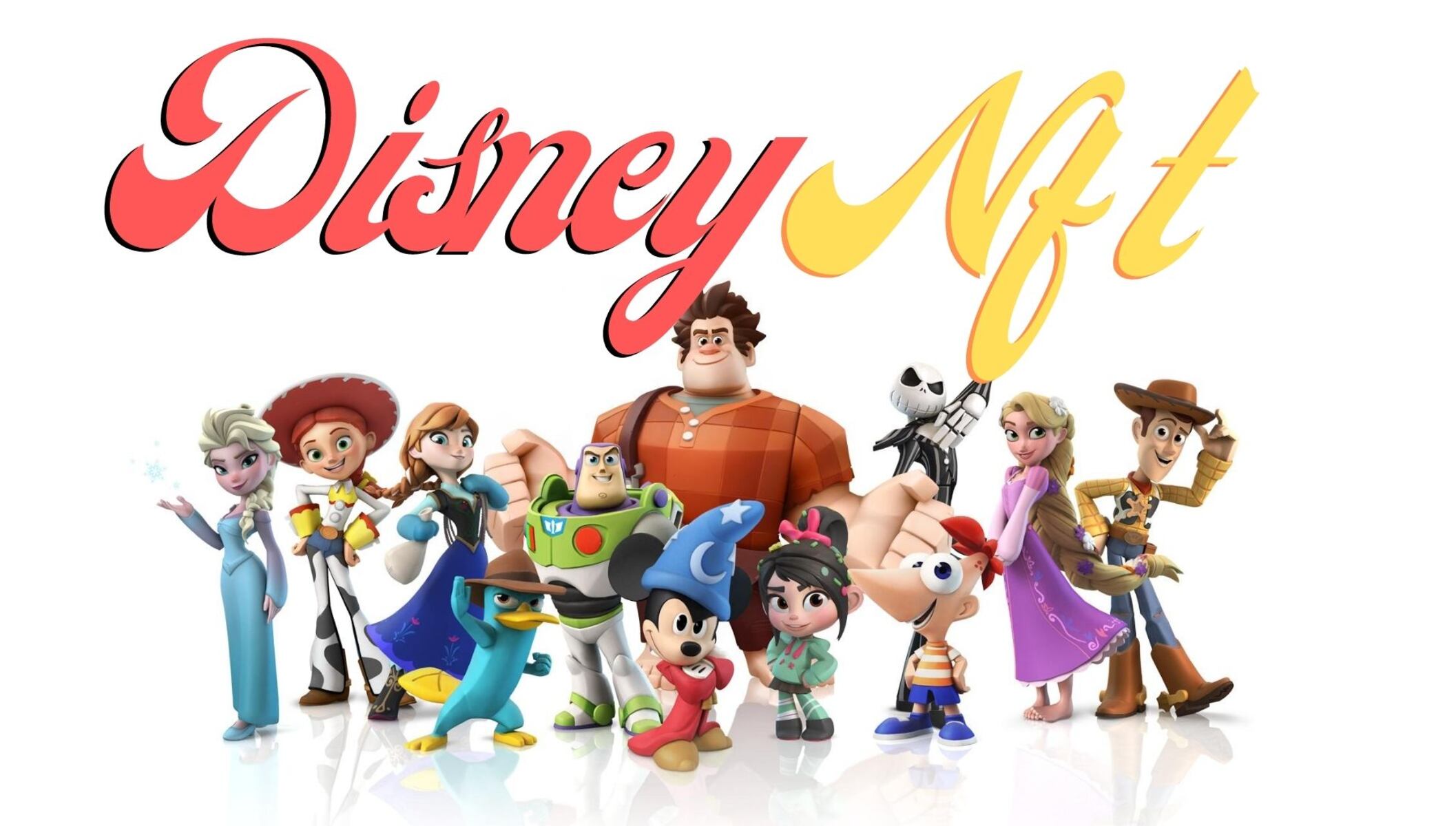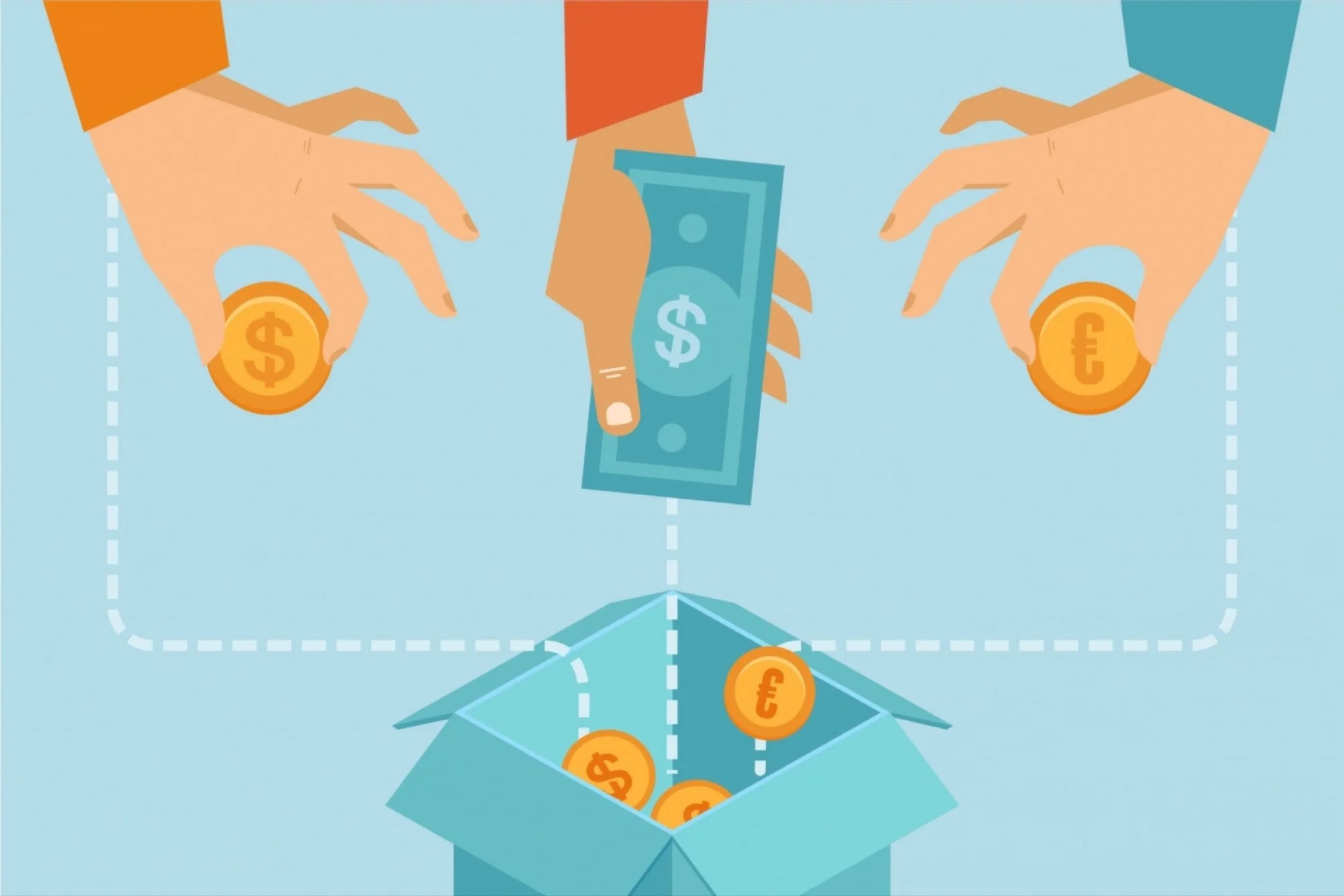Introduction
Technology has revolutionized numerous industries, and the financial sector is no exception. With the rise of digital advancements, a new field known as Financial Technology, or Fintech, has emerged. Fintech refers to the use of technology to provide innovative financial services and products. It encompasses various areas, including mobile banking, online payment systems, crowdfunding platforms, and more.
Another significant development in the financial landscape is the introduction of Direct Benefit Transfer (DBT) programs. DBT is a government initiative that ensures the direct transfer of subsidies and benefits to the bank accounts of eligible recipients. By eliminating intermediaries, DBT aims to enhance transparency and reduce leakages in social welfare schemes.
The intersection of Fintech and DBT has created a powerful symbiotic relationship, offering various benefits to both the government and the beneficiaries. By leveraging Fintech solutions, such as mobile wallets, biometric authentication, and real-time payment systems, governments can streamline the distribution of benefits, improve efficiency, and lower operational costs.
Furthermore, the utilization of Fintech in DBT has the potential to reach previously underserved populations. With the availability of affordable smartphones and internet connectivity, even remote areas can access financial services and receive direct transfers, empowering individuals and communities.
This article explores the connection between Fintech and DBT, highlighting the benefits, examples, challenges, and concerns associated with their integration. By understanding the potential of this collaboration, we can uncover opportunities to enhance social welfare systems, foster financial inclusion, and drive economic growth.
What is Fintech?
Fintech, short for Financial Technology, refers to the application of technology to deliver financial services in an innovative and efficient manner. It encompasses a broad range of technology-driven solutions that aim to reshape the traditional financial industry. Fintech companies leverage cutting-edge technologies such as artificial intelligence, blockchain, and biometrics to provide seamless and accessible financial services to individuals and businesses.
Fintech has transformed the way people manage their finances, make payments, invest, and access capital. It has disrupted traditional banking practices by offering convenient alternatives that are user-friendly, cost-effective, and accessible via digital devices. With the rise of smartphones and internet penetration, financial services can now be delivered directly to the fingertips of consumers.
Examples of Fintech services include:
- Mobile Banking: Fintech companies offer mobile banking applications that allow users to manage their accounts, transfer funds, pay bills, and even apply for loans, all through their smartphones.
- Online Payment Systems: Fintech platforms have revolutionized the way payments are made. From digital wallets to peer-to-peer payment apps, these systems provide fast, secure, and convenient payment options.
- Crowdfunding: Fintech platforms enable individuals and businesses to raise funds for various projects or ventures through online crowdfunding campaigns, eliminating the need for traditional banks or investors.
- Robo-Advisors: Fintech companies have introduced automated investment platforms that use algorithms to provide personalized investment recommendations and manage portfolios based on an individual’s risk tolerance and financial goals.
- Blockchain and Cryptocurrencies: Fintech has been instrumental in the development and adoption of blockchain technology and cryptocurrencies, allowing for secure and transparent transactions outside the traditional banking system.
Fintech has democratized financial services by breaking down barriers and empowering individuals who were previously underserved by traditional banks. It has provided greater access to credit, simplified financial transactions, and fostered financial inclusion.
The rapid growth of the Fintech sector has attracted significant investments and partnerships between traditional financial institutions and emerging Fintech startups. This collaboration aims to combine the strengths of both sectors and deliver enhanced financial services that cater to the evolving needs and preferences of consumers.
Overall, Fintech has revolutionized the financial industry by bringing efficiency, convenience, and accessibility to financial services. Its impact is felt globally, transforming how individuals and businesses interact with money, making financial transactions faster, safer, and more personalized.
What is DBT?
Direct Benefit Transfer (DBT) is a program implemented by governments to ensure the direct transfer of various subsidies and benefits to the bank accounts of eligible recipients. By eliminating intermediaries and leveraging technology, DBT aims to improve the efficiency, transparency, and effectiveness of social welfare schemes.
The traditional method of distributing benefits involved multiple layers of bureaucracy, which often led to delays, corruption, and leakage of funds. With DBT, the entire process is streamlined and digitized, allowing for targeted and efficient delivery of benefits. Governments use data and technology to identify eligible beneficiaries and transfer funds directly to their bank accounts, ensuring timely and accurate payments.
The key features of DBT include:
- Direct Transfers: Through DBT, benefits are directly transferred from the government to the individual’s bank account, eliminating the need for physical distribution of cash or vouchers.
- Targeted Delivery: DBT uses databases and data analytics to identify and verify the eligibility of beneficiaries, ensuring that benefits reach the intended recipients.
- Bank Account Linkage: Beneficiaries are required to link their bank accounts with their unique identification numbers, such as Aadhaar in India, to facilitate the seamless transfer of funds.
- Real-time Monitoring: DBT systems enable real-time tracking and monitoring of benefit transfers, allowing governments to assess the effectiveness and impact of social welfare programs.
- Reduction of Leakage: By cutting out intermediaries and digitizing the process, DBT minimizes leakages and corruption, ensuring that the allocated funds reach the targeted beneficiaries.
DBT programs cover a broad range of social welfare schemes, including food subsidies, scholarships, healthcare benefits, pensions, and more. By directly transferring funds to beneficiaries, governments can provide efficient and targeted support to those in need while reducing administrative costs and improving fiscal accountability.
The successful implementation of DBT requires not only robust technology infrastructure but also strong partnerships between government agencies, financial institutions, and other stakeholders. Collaboration with banks and Fintech companies plays a crucial role in ensuring seamless fund transfers and reliable banking services for beneficiaries.
DBT has witnessed widespread adoption by governments worldwide as it offers numerous benefits. It ensures that benefits reach the intended recipients promptly, eliminates pilferage and corruption, reduces administrative burdens, and increases transparency in the delivery of social welfare schemes. By embracing technology and digitizing benefit transfers, governments can build more efficient and inclusive social welfare systems that address the needs of their citizens effectively.
The Intersection of Fintech and DBT
The convergence of Fintech and Direct Benefit Transfer (DBT) has opened up new possibilities in enhancing the efficiency, transparency, and accessibility of social welfare programs. Fintech solutions are being leveraged to transform the traditional methods of benefit distribution, revolutionizing the way governments deliver financial assistance to eligible individuals.
One of the key areas where Fintech and DBT intersect is in the digitization of payment systems. Fintech companies have introduced innovative payment solutions, such as mobile wallets, that enable beneficiaries to receive and manage their benefits through their smartphones. These digital payment options eliminate the need for cash transactions and allow for instant fund transfers, ensuring the timely receipt of benefits.
Furthermore, Fintech solutions facilitate the integration of biometric authentication, such as fingerprint or iris scanning, in the process of benefit disbursal. This technology ensures that the benefits are received by the intended beneficiaries, reducing the risk of fraud and identity theft. Biometric authentication also streamlines the verification process, eliminating the need for physical documents and bureaucratic procedures.
Another significant aspect of the intersection between Fintech and DBT is the use of data analytics. Fintech platforms can analyze large volumes of data to provide insights into the effectiveness of social welfare schemes. Governments can leverage this data to identify patterns, assess the impact of benefit transfers, and make informed decisions regarding policy changes or interventions.
In addition, Fintech solutions enable the inclusion of previously underserved populations in the formal financial system. Through mobile banking and digital payment options, individuals in remote areas or those without access to traditional banking services can now receive benefits directly to their bank accounts. This promotes financial inclusion, empowering individuals and communities to participate in economic activities and access additional financial services.
Moreover, the integration of Fintech and DBT allows for more efficient and cost-effective program administration. Digital platforms automate the entire process, reducing administrative burdens and minimizing human errors. Governments can allocate resources more effectively, ensuring that the funds intended for social welfare programs reach the beneficiaries in a timely manner.
The collaboration between Fintech and DBT has the potential to transform the way governments deliver social welfare benefits. By leveraging technology, financial innovation, and data-driven insights, governments can optimize the distribution of subsidies, improve transparency, and reduce the burden on both citizens and administrators.
However, it is important to address certain challenges and concerns associated with this integration. These include privacy and data protection issues, the need for robust technology infrastructure, ensuring accessibility for vulnerable populations, and balancing the rapid pace of technological advancements with regulatory frameworks.
In the following sections, we will explore examples of Fintech in DBT and discuss the benefits, challenges, and concerns associated with this integration.
Benefits of Using Fintech in DBT
The integration of Financial Technology (Fintech) in Direct Benefit Transfer (DBT) programs brings forth numerous advantages for both governments and beneficiaries. By harnessing the power of Fintech solutions, governments can enhance the effectiveness and efficiency of social welfare schemes, while beneficiaries enjoy improved access and convenience in receiving their benefits.
Here are some key benefits of using Fintech in DBT:
- Efficiency: Fintech enables automation and digitization of the benefit distribution process, reducing paperwork, manual errors, and administrative bottlenecks. By streamlining operations, governments can ensure that benefits reach eligible recipients faster, enabling timely assistance during crucial periods.
- Transparency: Fintech solutions provide a transparent track record of benefit transfers, ensuring accountability and reducing the risk of corruption and leakages. Real-time monitoring and data analytics further enhance transparency, allowing governments to assess the impact of social welfare programs and make data-driven decisions for future interventions.
- Cost Reduction: Fintech platforms eliminate the need for physical distribution of cash or vouchers, reducing logistical costs and the risk of funds being misappropriated or lost. Governments can allocate resources more efficiently, directing funds towards the intended beneficiaries and maximizing the impact of social welfare programs.
- Financial Inclusion: Fintech brings banking services directly to the fingertips of individuals through mobile banking and digital payment options. This inclusion of previously underserved populations allows beneficiaries in remote areas or those without access to traditional banking services to receive benefits directly into their bank accounts, empowering them to participate in the formal financial system.
- Convenience and Accessibility: Fintech solutions offer convenient and user-friendly interfaces for beneficiaries to manage their benefits. Mobile wallets and online platforms enable individuals to receive, store, and utilize their benefits in a hassle-free manner, eliminating the need for physical visits to government offices.
- Innovation: Fintech introduces innovative payment solutions and authentication methods, making benefit distribution more secure and efficient. Biometric authentication, such as fingerprint or iris scanning, ensures that benefits are disbursed to the rightful beneficiaries, reducing fraud and identity theft.
- Flexibility: Fintech platforms allow for personalized and tailored benefit delivery, catering to the specific needs and preferences of beneficiaries. Through data analytics and user profiling, governments can gain insights into the spending patterns and requirements of recipients, enabling customized support and assistance.
- Empowerment: By providing direct and timely benefit transfers, Fintech in DBT empowers individuals and communities to take control of their finances. Beneficiaries can utilize their benefits effectively, ensuring that they serve their intended purpose, such as education, healthcare, or livelihood improvement.
The utilization of Fintech in DBT has the potential to significantly improve the effectiveness, efficiency, and reach of social welfare programs. It not only benefits governments and administrators by enhancing their ability to serve citizens effectively but also empowers individuals by providing them with access to financial services, promoting financial inclusion, and fostering economic growth.
Examples of Fintech in DBT
The integration of Financial Technology (Fintech) in Direct Benefit Transfer (DBT) programs has gained traction globally, with several governments adopting innovative solutions to streamline the distribution of benefits.
Let’s explore some examples of Fintech in DBT:
- India’s Aadhaar Enabled Payment System (AePS): The Government of India has implemented the Aadhaar Enabled Payment System, which leverages biometric authentication to enable beneficiaries to withdraw their benefits directly from Aadhaar-linked bank accounts. Using their Aadhaar number and fingerprint or iris scanning, individuals can access their benefits through micro ATMs or business correspondents, eliminating the need for physical cash distribution.
- Kenya’s M-Pesa: M-Pesa is a mobile money platform that has transformed financial services in Kenya, including DBT. The Kenyan government has utilized M-Pesa to distribute cash transfers to vulnerable populations. Beneficiaries receive their funds directly into their M-Pesa mobile wallets, allowing them to make payments, save, and access additional financial services conveniently.
- Mexico’s Prospera Digital: The Prospera Digital program in Mexico uses digital payment solutions to deliver social assistance. Beneficiaries receive an electronic debit card connected to their bank accounts, enabling them to withdraw funds from ATMs or make purchases at authorized merchants. This digitized approach has improved the accessibility and efficiency of benefit distribution.
- Brazil’s Bolsa Família Program: Brazil’s Bolsa Família Program, one of the world’s largest conditional cash transfer programs, has incorporated technology-driven solutions. Beneficiaries receive their benefits through a social welfare card connected to a digital banking system. Additionally, biometric authentication is used to verify the identity of recipients, ensuring that benefits are received by the intended individuals.
- South Africa’s SASSA Grant Payments: In South Africa, the Social Assistance Program leverages Fintech solutions to distribute grants to eligible individuals. Beneficiaries receive their payments through mobile wallet accounts and can access their funds through various channels, including ATMs, merchants, and digital platforms. This digital approach has improved accessibility and reduced the risks associated with cash handling.
- Peru’s Juntos Program: Peru’s Juntos Program utilizes Fintech to reach vulnerable populations in remote areas. Beneficiaries receive their benefits through pre-paid debit cards connected to their bank accounts. They can use these cards to access their funds through ATMs or authorized agents, ensuring quick and secure transfer of benefits.
These examples illustrate how governments are harnessing the power of Fintech to optimize DBT programs and enhance the delivery of benefits. By leveraging mobile wallets, biometric authentication, and digital payment platforms, governments can ensure that benefits reach the intended recipients promptly, improve transparency, and reduce operational costs.
The success of these Fintech-driven DBT programs highlights the transformative potential of technology in social welfare systems. By adopting innovative solutions, governments can build more inclusive, efficient, and accountable benefit distribution mechanisms that prioritize the needs of their citizens.
Challenges and Concerns with Fintech in DBT
While the utilization of Financial Technology (Fintech) in Direct Benefit Transfer (DBT) programs brings numerous benefits, there are also challenges and concerns that need to be addressed for effective implementation and sustainable outcomes.
Here are some of the key challenges and concerns associated with Fintech in DBT:
- Privacy and Data Security: Fintech solutions often require the collection and storage of sensitive personal and financial data. Ensuring robust data protection measures and privacy safeguards is essential to build trust among beneficiaries and protect their data from unauthorized access or misuse.
- Technology Infrastructure: The successful implementation of Fintech in DBT relies on reliable and widespread technology infrastructure, such as internet connectivity and mobile network coverage. In areas with limited access to technology, the benefits of Fintech may not be fully realized, leading to unequal access and exclusion of certain populations.
- Digital Literacy: Beneficiaries need to have a certain level of digital literacy to effectively use Fintech solutions. Providing training and support to ensure beneficiaries understand how to navigate and utilize digital platforms is crucial to empower them and prevent any barriers to adoption.
- Inclusivity: It is important to ensure that Fintech solutions in DBT are accessible to all individuals, including those with disabilities and the elderly. User interfaces should be designed with inclusivity in mind, accommodating different needs and abilities to ensure equal access and benefit delivery.
- Reliability and Connectivity: The reliance on technology for benefit distribution implies the need for reliable connectivity. Outages or technical glitches can disrupt the availability of funds for beneficiaries, causing inconvenience and potential financial hardship. Governments and providers must work towards ensuring uninterrupted connectivity and backup solutions in such situations.
- Regulatory Framework: The fast-paced evolution of Fintech requires the development of appropriate regulatory frameworks to protect consumers and maintain financial stability. Governments need to adapt their regulations to keep pace with technological advancements while mitigating risks associated with fraud, money laundering, and other illicit activities.
- Equitable Access: It is important to ensure that Fintech solutions do not inadvertently exclude individuals who do not have access to smartphones, internet connectivity, or formal banking systems. Alternative delivery mechanisms or partnerships with local organizations should be explored to reach and benefit all eligible individuals.
- Resistance to Change: Implementing Fintech solutions in traditional welfare systems may face resistance from beneficiaries, administrators, or stakeholders who are accustomed to traditional modes of benefit distribution. Building awareness, trust, and acceptance through effective communication and education campaigns is key to overcoming resistance and fostering adoption.
Addressing these challenges and concerns requires a multi-stakeholder approach, involving governments, Fintech companies, regulatory bodies, and civil society. Collaboration and continuous monitoring are essential to ensure the ethical, responsible, and equitable implementation of Fintech in DBT programs.
By acknowledging and proactively addressing these challenges, governments can maximize the potential of Fintech in DBT, ensuring that the benefits of technology-driven solutions are accessible to all, while safeguarding privacy, data security, and inclusivity.
Conclusion
The intersection of Financial Technology (Fintech) and Direct Benefit Transfer (DBT) presents a compelling opportunity to redefine the delivery of social welfare programs. Fintech solutions have the potential to enhance the efficiency, transparency, and accessibility of benefit distribution systems, benefiting governments, administrators, and, most importantly, the beneficiaries themselves.
By leveraging mobile banking, biometric authentication, digital payment systems, and data analytics, governments can streamline benefit transfers and ensure that funds reach the intended recipients promptly. Fintech allows for real-time monitoring, transparency, and accountability, reducing administrative costs and enhancing the effectiveness of social welfare programs.
The integration of Fintech in DBT promotes financial inclusion, empowering individuals in remote areas or without access to traditional banking services to receive benefits directly into their bank accounts. It improves convenience, eliminating the need for physical visits or paperwork, and offers personalized and tailored benefit delivery, catering to the specific needs and preferences of beneficiaries.
However, it is essential to address challenges and concerns associated with Fintech in DBT, such as privacy and data security, technology infrastructure, digital literacy, and equitable access. Governments, Fintech companies, regulatory bodies, and civil society must work together to develop robust frameworks and ensure that the benefits of technology-driven solutions are accessible to all individuals, leaving no one behind.
Looking ahead, the continued collaboration and innovation in the Fintech and DBT space hold tremendous potential to transform social welfare systems worldwide. By embracing technology, governments can build more inclusive, efficient, and accountable benefit distribution mechanisms that prioritize the needs and well-being of their citizens.
As Fintech continues to evolve, it is crucial to strike a balance between the opportunities it presents and the ethical concerns it raises. By fostering responsible innovation and adapting regulations to keep pace with technological advancements, we can harness the full potential of Fintech in DBT to improve the lives of individuals, drive economic growth, and create a more equitable society.

























